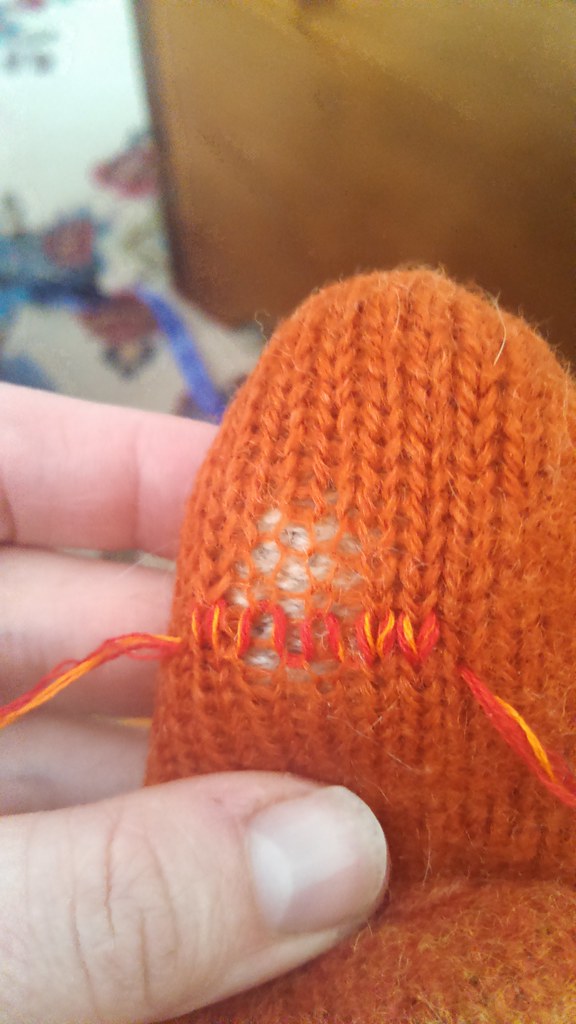This post is going to be a bit of a tone change, but I hope you’ll bear with me. It’s something I’ve been putting off writing about for the past two weeks, as it’s not the fun part of talking about the pieces I get to work on and posting beautiful pictures. Instead, this is more the realm of the business side of Tinking Turtle, which is something I honestly prefer to leave to Mr. Turtle most of the time. But, I’m the owner and face of the business, so this is a decision I need to own up to.
As 2020 draws to a close and we begin a New Year, it’s time for me to take stock of the business and the direction it has been going. We’ve seen some big changes to Tinking Turtle in the last 2 years, as we’ve added to our family and pivoted away from design work to more repair work. It’s been a tough thing for me, as I honestly love designing, but the tight deadlines were killing both our family life and my hands. I’m no longer able to pull an all-nighter to finish a shawl that needs to be sent into the magazine in two days!
Which brings me to the purpose of this post: I’m going to be changing my pricing, and I wanted to share some of the reasons I’ve come to this decision.
What Changed?
- The type of work I’ve been doing has been shifting. I’m doing a lot more larger and more complicated and specialized repairs. I’ve built up relationships with other individuals in the knit/crochet industry, and have been happy to pass comission knitting their way when it’s been more standard. But I’m doing more specialty art projects and handling more heavily damaged pieces, and I want my pricing to reflect that I’ve shifted to a much more specialized sort of work.
- I‘ve made investments to be able to take on more damaged pieces. Over the past five years I’ve develped a special space to store and process pieces as they come in. I’ve invested in specialized equipment, like the ozone generator to treat pieces damaged by odors, smoke, moths, and other materials. I’ve invested in other behind-the-scenes tools to better protect and preserve the heirlooms I’m working on.
- I’ve also made changes to how we handle pieces from a liabality standpoint; with this I am taking on more risk, and hence, have higher insurance prices and other risk mitigating expenses.
- My volume of projects has increased! Now, don’t get me wrong – I’m happy about this. BUT! The reality is that knitting, crocheting, seaming, blocking, pinning, etc are all hand and arm heavy activities. I’ve been transparent about how this year I had to have surgery for my wrist. I’m not saying my career was entirely the reason I had to have the surgery, but I have to be careful and take time to stretch and take care of my hands.
- I’ve gotten better. As I practice more and learn more, the quality of my finishing and repair has increased, and I believe that my expertise is worth it!
What does this mean for you, the Customer?
- Coming January 1st, my prices will be increasing on Finishing & Repair work. My hourly rate will increase from $60 to $70. Many of the categories in my Finishing line of services will also change – some won’t change as much as my hourly rate, and some won’t change at all. But most things will be increasing by a little.
- Note: for any of you who have been issued a codeword, as long as you have filled out the customer intake form, you are set! Your projects will be charged under the old system. Unable to fill out the form and get your piece in the mail? Drop me a note and we can work with you.
Got questions about the changes? As always, you can leave me a comment, or drop me an email, and I’ll be happy to answer them!
Thank you so much for being loyal customers!














